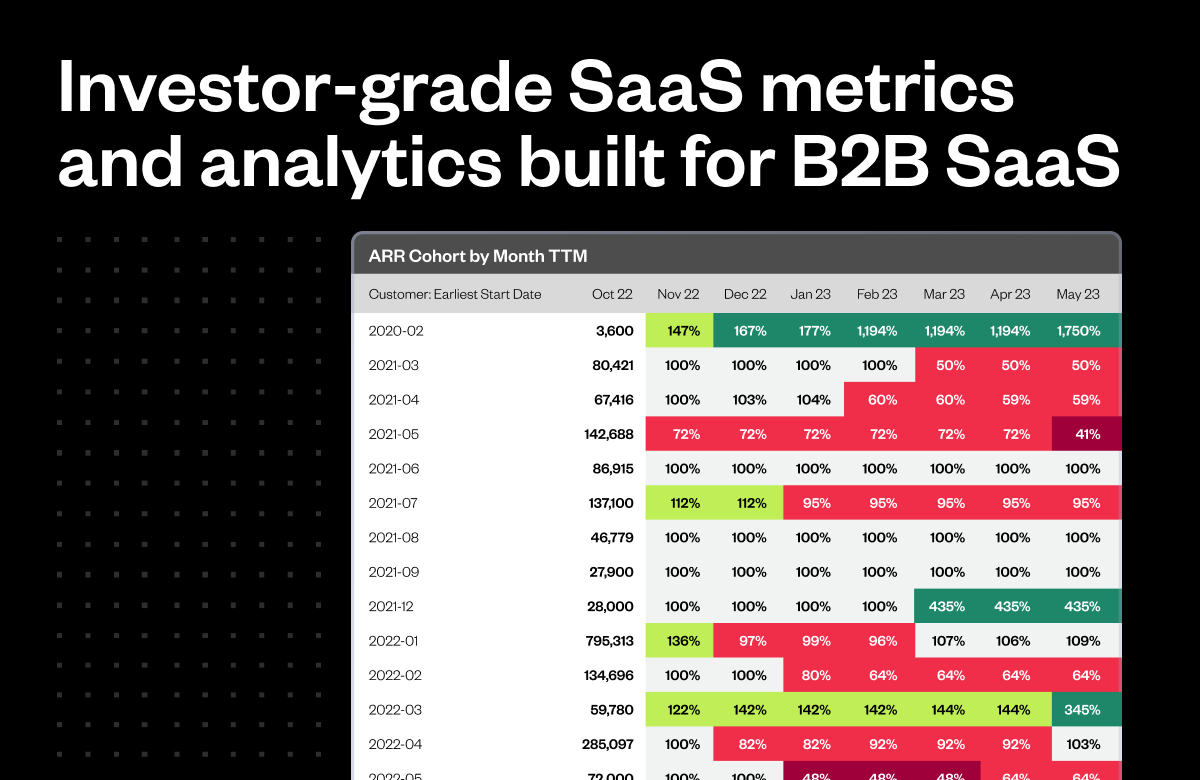What is Quote-to-Cash?
Quote-to-cash refers to the entire end-to-end sales process, starting with product configuration and pricing, quoting, customer acceptance, order fulfillment, and managing revenue.
However, it also includes related functions such as account management, order fulfillment, billing, and accounts receivables. Quote to cash occurs after the early stages of the buyer’s journey (marketing activities, prospect outreach, follow-up calls) have all been completed and has a significant impact on the revenue generated from a sales deal.
That’s the technical explanation. In layman’s terms, quote-to-cash is just the process in which products and services are packaged to meet a prospect’s needs, the package is given a price, and the total amount is delivered as a “quote” to the prospect. If the prospect accepts the quote, their order gets fulfilled, and the finance team handles all the invoicing, billing, and revenue recognition afterward.
The word “quote” refers to the initial quote or offer made to a prospect by a member of your sales team, and “cash” refers to the revenue generated from that deal. It is crucial for everything in between those two points in the sales funnel to work like a well-oiled machine.
What is the Quote-to-Order Process?
Quote-to-order is the sale—it describes the initial series of steps that exist within the quote-to-cash process: product configuration and pricing, quoting, customer acceptance, and order fulfillment. Basically, it’s everything that occurs before the finance team gets involved.
An efficient quote-to-order process is critical for sales teams because it is tied directly to their quote turnaround times and potential win rates.
What are the 3 Layers of Quote to Cash?
With so many moving parts, it’s easier to break up the quote-to-cash-process into three separate layers. Those three layers are as follows:
Configure, Price, Quote (CPQ)
Exactly as its name suggests, CPQ involves:
- The configuration of a deal.
- The pricing of its different components.
- The final quote that a prospect receives.
Contract Management
This step involves drawing up, negotiating, and executing a contract that accurately reflects a proposed deal. A standard sales contract may go through several iterations where contract terms or clauses are redlined and changed. Then, it requires approvals and signatures from all parties before the order can be fulfilled.
Revenue Management
This is the final step in the quote to cash process that occurs after an order has been received, processed, and delivered. The rest of the process is executed by the finance department.
Revenue management can be broken down further into separate functions:
- Billing: An itemized invoice is sent to the customer for payment.
- Revenue Recognition: Once payment has been received, revenue must be recognized and recorded to stay GAAP compliant. Finance teams may need advanced FinOps tools to recognize complex and recurring revenue streams that are common in software-as-a-service.
- Renewals: Revenue generated through customer renewals must be processed, and the renewal must be logged.
Streamlining the Revenue Management Process
Because quote to cash is connected to the sales process, order data spans CRM, order management, and accounting systems.
These data silos force finance teams to wait until they receive the correct order data before they can generate invoices. This process gap in “quote to cash” bottlenecks invoicing and collections and causes SaaS companies to fall behind on cash schedules.
However, with advanced FinOps tools, invoicing and other accounting functions are integrated along with sales, fulfillment, and analysis tasks. This means finance teams can access real-time data and generate accurate invoices when an order is modified and placed. By integrating their FinOps software with the rest of the tools involved in the QTC process, finance teams can minimize collection delays and improve forecasting.
How to Improve Your Quote-to-Cash Process
The quote-to-cash process occurs throughout the entire sales cycle, the revenue management process, and is then subject to an analysis afterward to identify improvements. With so much data getting passed around, several key software tools are needed to complete each step.
For proposal creation, CPQ (configure, price, quote) software is the way to go. It helps sales reps explain and price out the features that a client wants. CPQ software can also save a business money by calculating margins alongside calculating the price of a client package.
The same goes for fulfilling client orders correctly. Automated order management systems have records that reveal any changes in the order or agreement that were made during the QTC process.
As for revenue management, Maxio allows finance teams to:
- Access real-time, integrated data from CRM, order management, and accounting systems.
- Recognize recurring revenue to stay GAAP compliant.
- Reference SaaS metrics and order histories to improve forecasting.
Key Quote-to-Cash Metrics to Track
Once you’ve ironed out your Q2C process, you’ll have access to a wealth of data that provides immense visibility into your overall business performance. But rather than getting overwhelmed by the volume of these key SaaS metrics, your company leaders should focus their analysis on three key segments of this data.
Monitoring the data points under these three buckets can quickly uncover operational bottlenecks impacting your company’s cash flow:
Sales Metrics
The first set of KPIs to track comes directly from the CPQ (configure, price, quote) part of the process. Key sales metrics to add to your QTC dashboards and reports include:
- Quote volume: The number of quotes created over a given period indicates sales rep productivity and efficiency in the CPQ process. Tracking any downward trends helps address these issues proactively.
- Quote conversion rates: Measures the percentage of quotes that convert into accepted orders. Lower conversion rates suggest product misconfiguration issues or unappealing pricing or discounts.
- Average quote size: Monitors deal size trends to assess pricing optimization tactics and provide guidance for sales enablement.
- Sales cycle time: Calculates the average number of days between quote creation to deal closure. Any delays here should warrant further investigation to streamline sales approval processes or contracts.
Order Metrics
The next layer of metrics focuses on order fulfillment and processing statistics:
- Order fulfillment times: Measures order accuracy and on-time delivery. Higher fulfillment times can directly stall your invoicing volume and cash inflow.
- Order modifications: Tracks changes to existing orders, which require additional processing time, affecting order accuracy. Too many modifications could indicate issues with your initial CPQ setup or signal that your sales teams are overpromising certain features to paying customers.
Revenue Metrics
Finally, KPIs managed by the finance team should be monitored:
- Invoice frequency: Evaluates the average number of days from order delivery to invoice generation. Optimizing this metric will improve your visibility into cash flow for new customers.
- Payment collection times: Highlights delays in converting your invoices to payment which hinders revenue recognition as a result.
Monitoring fluctuations across these sales, order, and revenue metrics derived from the quote-to-cash process serves as leading indicators of potential problems in your company’s underlying systems or workflows.
And while some business leaders may not think these are the most important metrics, creating a dedicated dashboard to monitor the data you gather from your Q2C process can help you uncover hidden revenue that may have gone previously unaccounted for.
For example, tracking and accounting for these metrics can have a massive ripple effect across all of your other key SaaS metrics, including your average revenue, average revenue per user (ARPU), how many new subscribers you’re earning each month, and the net new total revenue your company is bringing in each month.
The Importance of Data and Reporting in SaaS
After you’ve started building datasets based on your Q2C metrics, you’ll quickly learn that this data can’t all be housed in an Excel spreadsheet. Just like any other important set of metrics, you’ll want to house it in a dedicated SaaS reporting tool.
For example, Maxio users can leverage our integrations with Hubspot, Salesforce, and other CRM tools to automatically pull their data into a dedicated reporting dashboard. But there are so many other kinds of reports you build that aren’t related to your Q2C metrics.
Some of the most essential SaaS reports, in our opinion, cover all aspects of running a software business, including your customer lifecycle, customer retention, revenue growth, churn rate, and more. For example, with customer lifecycle reports, you can identify adoption trends, monitor renewals, and build out a brand new startup retention strategy just by understanding your average customer’s usage patterns.
Likewise, you can create granular sales reports to empower your sales leaders to pinpoint high-performing customer segments, refine their outreach, and replicate winning playbooks faster. However, at Maxio, our bread and butter comes from building our robust financial reports—our customers are currently using these to get real-time insights into their monthly recurring revenue (MRR), annual recurring revenue (ARR), customer acquisition costs (CAC), customer lifetime value (LTV) and other mission-critical SaaS metrics.
Not only can these reports improve your company’s decision-making, but they’re crucial for improving your overall business intelligence and keeping key stakeholders informed. Then, once you have these reports built out and ready to go, you can easily turn them into templates, pull in new data sources, create stunning visualizations, and benchmark your company performance month-over-month
In summary, relying on guesswork to measure your SaaS company’s performance can severely limit your executive team’s ability to make the right decisions. They can use your new Q2C data to optimize the productivity of your sales team, streamline the contract approval process, or enable more accurate forecasting of the total number of bookings your company is bringing in each month.
However you look at it, building out dedicated SaaS reports based on your company’s Q2C metrics is a sure way to make better business decisions.
Managing the QTC process in product-led and sales-led SaaS
Your SaaS company’s quote-to-cash process will function differently depending on your go-to-market strategy. Because product-led and sales-led SaaS companies appeal to different market segments, the CPQ, contract management, and revenue management processes will vary drastically.
Not only that, but many SaaS businesses are now using a hybrid of these two GTM strategies to expand into new markets and earn more revenue—what does this mean for your quote-to-cash process?
To bring some clarity to your financial operations, we’ve put together this ebook, How Product-Led Growth is Changing B2B SaaS. In it, you’ll learn:
- How shifting GTM strategies are impacting financial operations in SaaS
- Why product-led growth is being adopted so rapidly
- How to determine if product-led growth is right for you
- Is Sales-led SaaS dying?
- How PLG will affect your SaaS business
- How to introduce a hybrid GTM strategy
Sound interesting? You can download the ebook here.


